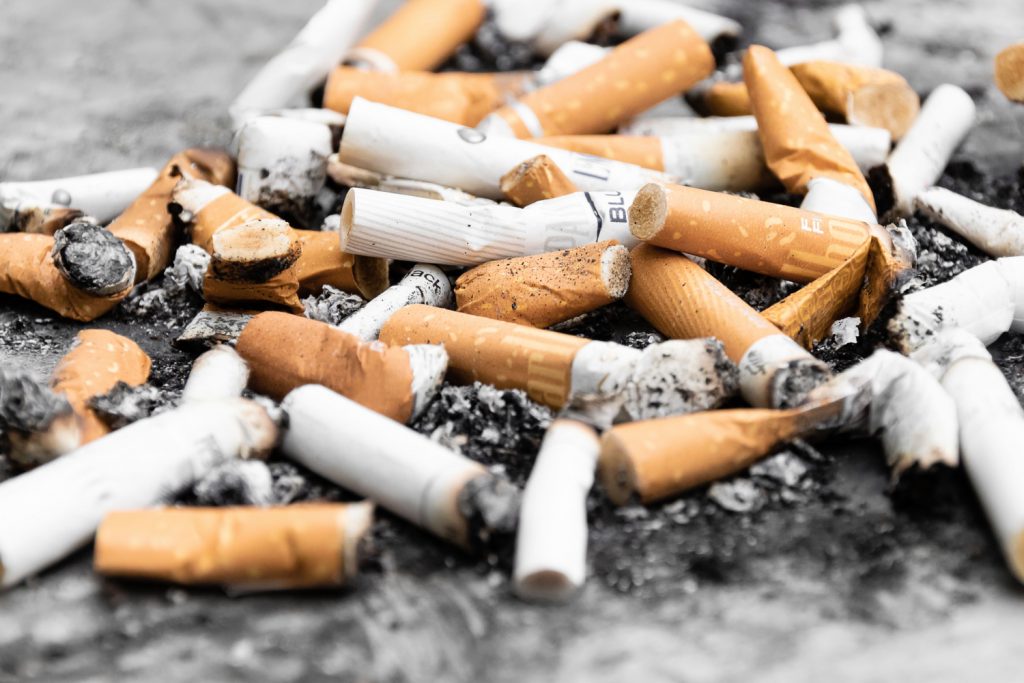From our early childhood we develop an automatic thinking and behavior pattern with a negative judgment about ourselves. Luckily, these patterns can be broken when we learn to see through them.
As soon as we become somewhat aware of this automatic self-rejection and see how inhibited and dependent we are, there is usually an extra self-rejection to that, and we think it’s stupid that we are so stuck in those patterns.
Don’t worry. In his book Beyond addiction, Jan Geurtz states we all have negative beliefs about ourselves. In some it’s a bit more hidden than in others, in some it’s stronger than in others.
We’re talking about thoughts like:
- I’m stupid
- I’m dumb
- I’m weak
- I’m bad
- I’m useless
- I’m not good enough
- I don’t belong here
- I’m a failure
- I’m selfish
- I’m mediocre
- I’m a coward
- I’m lazy
- I’m weird
- I’m ugly
- I’m ordinary
- I’m a loser
The list is endless.
No one is born with negative self-beliefs. As babies, we have no consciousness of ourselves at all, let alone a negative belief about ourselves.
Identity develops because a child is inhibited or rejected in its natural full expression. This is a completely natural developmental process, because after the birth mother and child are increasingly separated.
After that, the number of rejections a child has to endure increases when it learns that it cannot always express itself freely, and which behavior is accepted.
This is not a bad thing but how upbringing works.
In this phase, the beginning of negative belief and the thoughts listed above arise. This is a necessary natural process of identity development.
No matter how perfect parents are, they cannot prevent a child’s identity from being based and evolving around a negative belief.
This does not mean that every child has had a terrible childhood, though. For most people, their developed identity does not cause problems until adulthood, without even realizing it themselves.
Many people always stay a child in an adult’s body.
Everyone grows up but not everyone evolves.
— Dan Go (@FitFounder) October 16, 2020
An identity is an artificial construct to hide the feeling that we are no good. A construct that is based on a mistake as a result of our parents’ rejections when we were little.
Throughout our lives, we do our utmost to hide the false negative self-image from others. The problem is that these coverage mechanisms both confirm and reinforce the negative image. This is when addiction develops.
We get addicted to hiding the illusion of negative belief, but in reality the addiction makes us feel even worse about ourselves every time we fall for it.
Common addictions are:
- Eating addictions
- Relationship addictions
- Sex addictions
- Alcohol addictions
- Smoking addictions
- Drug addictions
- Medicine addictions
- Gambling addictions
- Smartphone addictions
- Social media addictions
- TV addictions
- Gaming addictions
All of these help us to hide our feelings, providing dopamine releases in the brain without having to put in the hard work, which is detrimental in the long run.
Some people try to escape their feelings of discomfort by eating all the time in search of short term satisfaction.
Some people are so lonely they try to hide it for themselves by searching for relationships and doing everything to maintain them in fear of being abandoned.
Some people are dissatisfied with their lives and search for external sources of happiness like lotteries and slot machines because they don’t have enough self esteem to change it themselves.
Some people start smoking to get rid of unpleasant compulsive thoughts, creating more compulsive thoughts.
And the most common addiction nowadays might be smartphones and social media. Every moment of silence we grab our phones in search for that feeling of fake happiness.
This is how we live our whole lives from an illusion.
Once you see this through, you can start to escape it by not giving in to it but following your innermost will; being real and following your intuition without letting an illusion holding you back.
